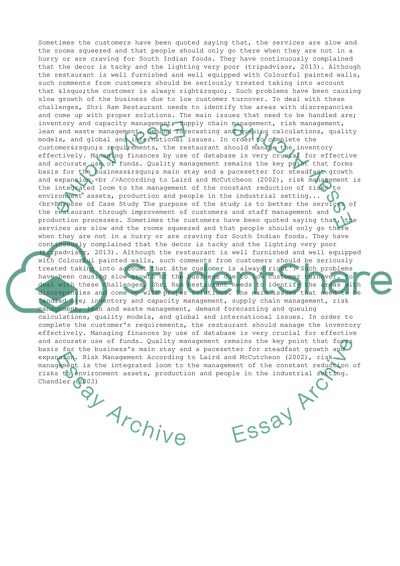Cite this document
(“Shri Ram Restaurant - Operations Management Essay”, n.d.)
Shri Ram Restaurant - Operations Management Essay. Retrieved from https://studentshare.org/management/1474857-operations-management
Shri Ram Restaurant - Operations Management Essay. Retrieved from https://studentshare.org/management/1474857-operations-management
(Shri Ram Restaurant - Operations Management Essay)
Shri Ram Restaurant - Operations Management Essay. https://studentshare.org/management/1474857-operations-management.
Shri Ram Restaurant - Operations Management Essay. https://studentshare.org/management/1474857-operations-management.
“Shri Ram Restaurant - Operations Management Essay”, n.d. https://studentshare.org/management/1474857-operations-management.


